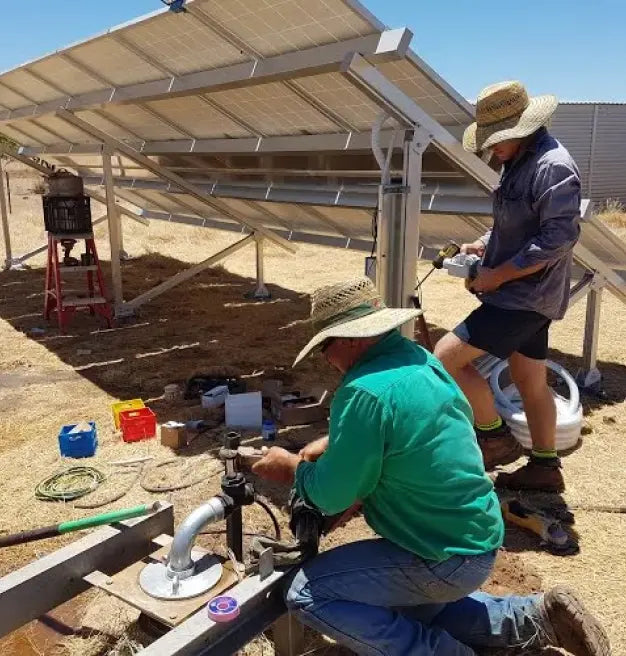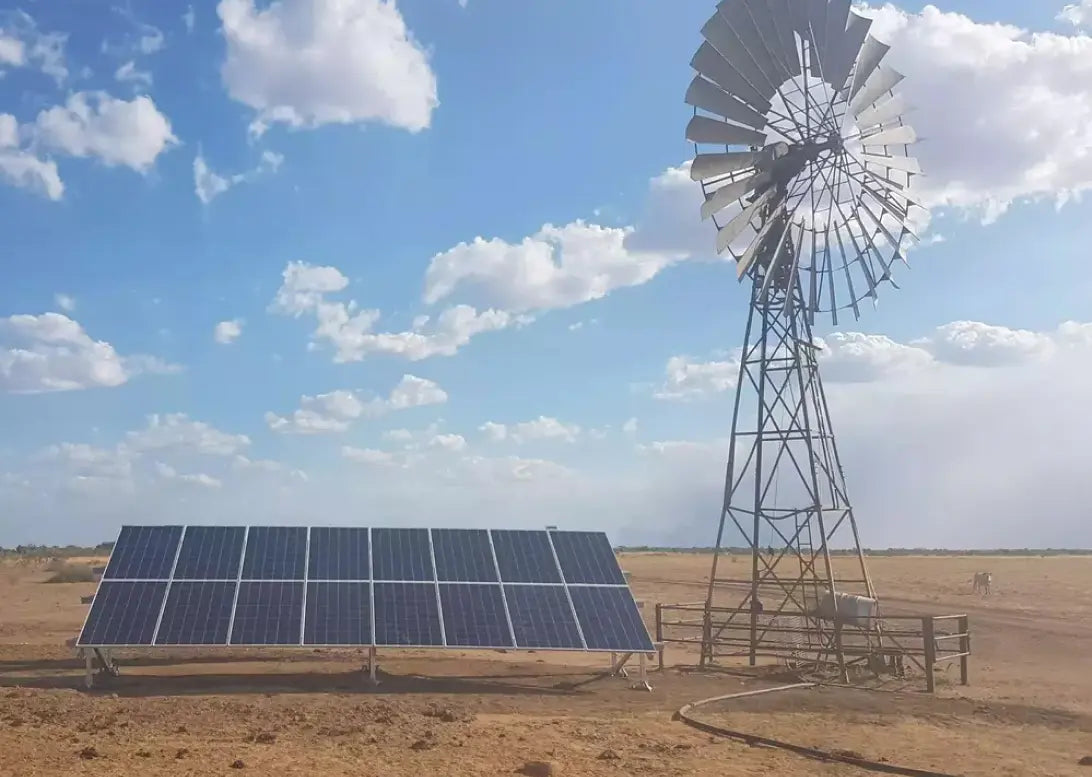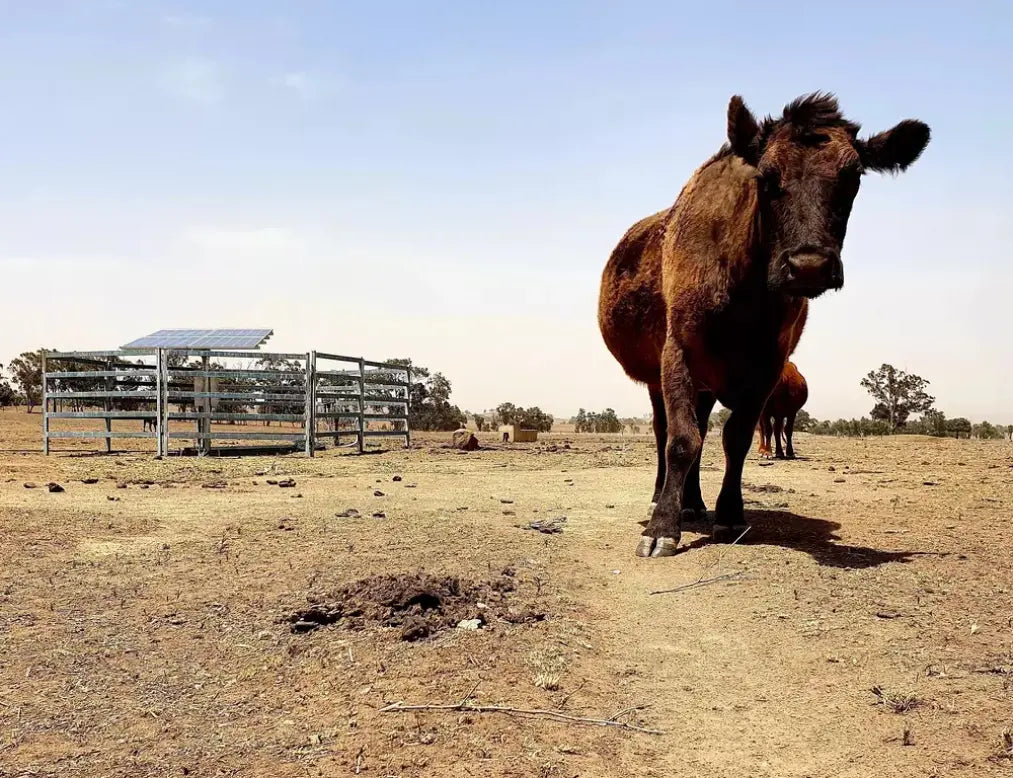Solar pumps are an efficient, cost-effective, and sustainable alternative to traditional water pumping methods for livestock.
The future of livestock watering is sustainable, durable, long-lasting solar-powered pumps.
LORENTZ pumps provide an efficient, economical, and easy way to care for your livestock. You can rely on LORENTZ solar pumps to safeguard your livestock no matter the climate conditions.
Why are solar pumps ideal for distributing water to livestock?
The growing adoption of solar pumps for livestock is driven by cost-effectiveness, energy independence, and environmental sustainability. Technological advancements enhance control and efficiency, while government incentives can also help to make solar pumps even more financially attractive. Known for longevity and low maintenance, scalable solar pumping systems positively impact animal welfare by providing a consistent, clean water supply.
What to consider before choosing a solar pump for livestock
First, assess the nature of your water source and its depth, which will determine whether a surface or submersible pump is required. It’s also essential to consider exactly how much water you require by paddock, yard or other enclosure, and the elevation it will need to be pumped to. Finally, consider the design of your water storage and distribution system, ensuring your livestock have access to water even during low-sunlight periods when your solar pump may not be operational.
Contact your nearest LORENTZ Dealer for expert support selecting the right solar pump system for your livestock.

The advantages of solar pumps for watering livestock
Solar pumps are rapidly increasing in popularity for watering all kinds of livestock;
- Cost-effectiveness
- Energy independence
- Environmental sustainability
- Rapid technological advancements
- Government incentives & support
- Superb longevity & low maintenance requirements
- Superior scalability & adaptability








